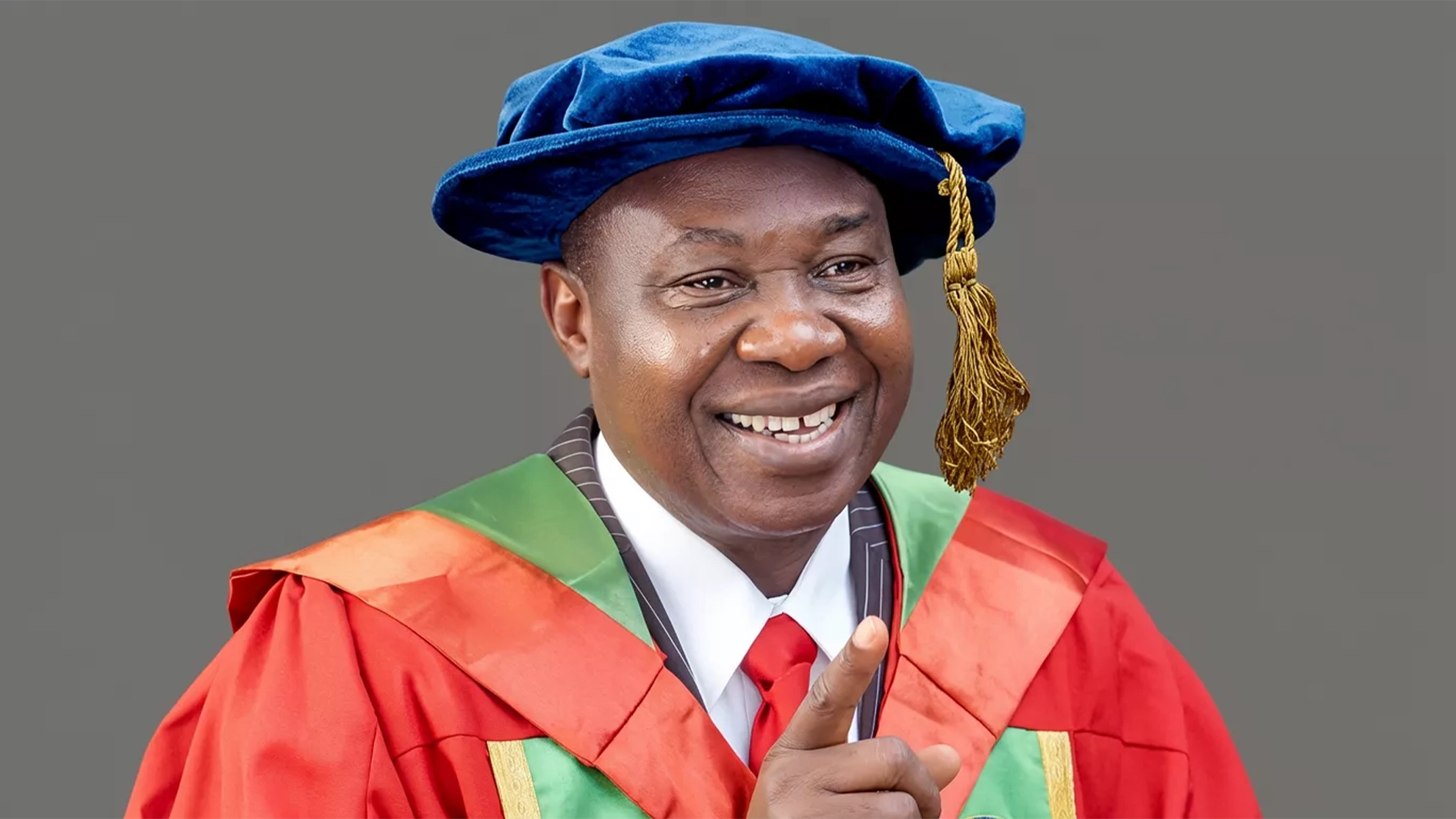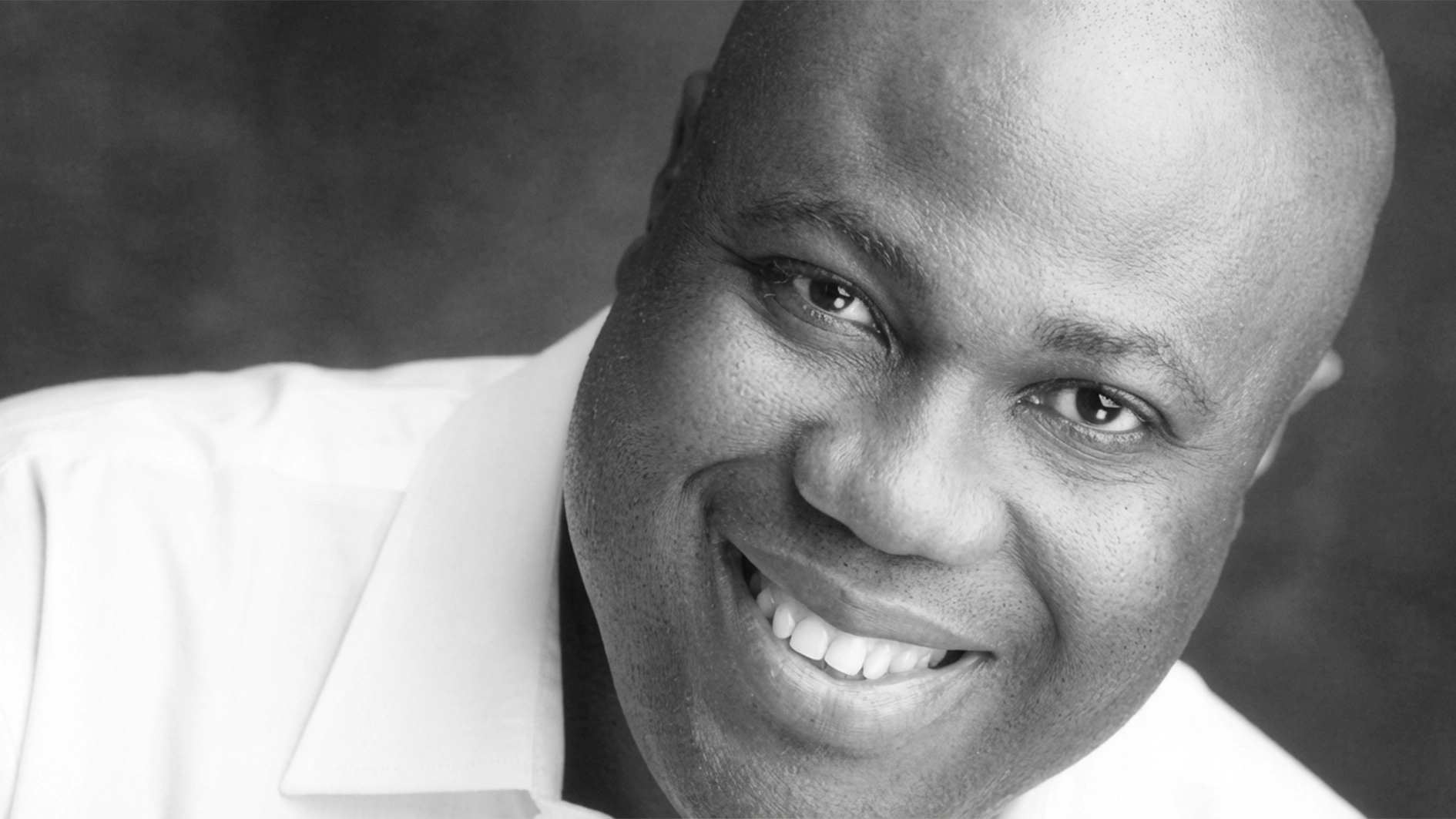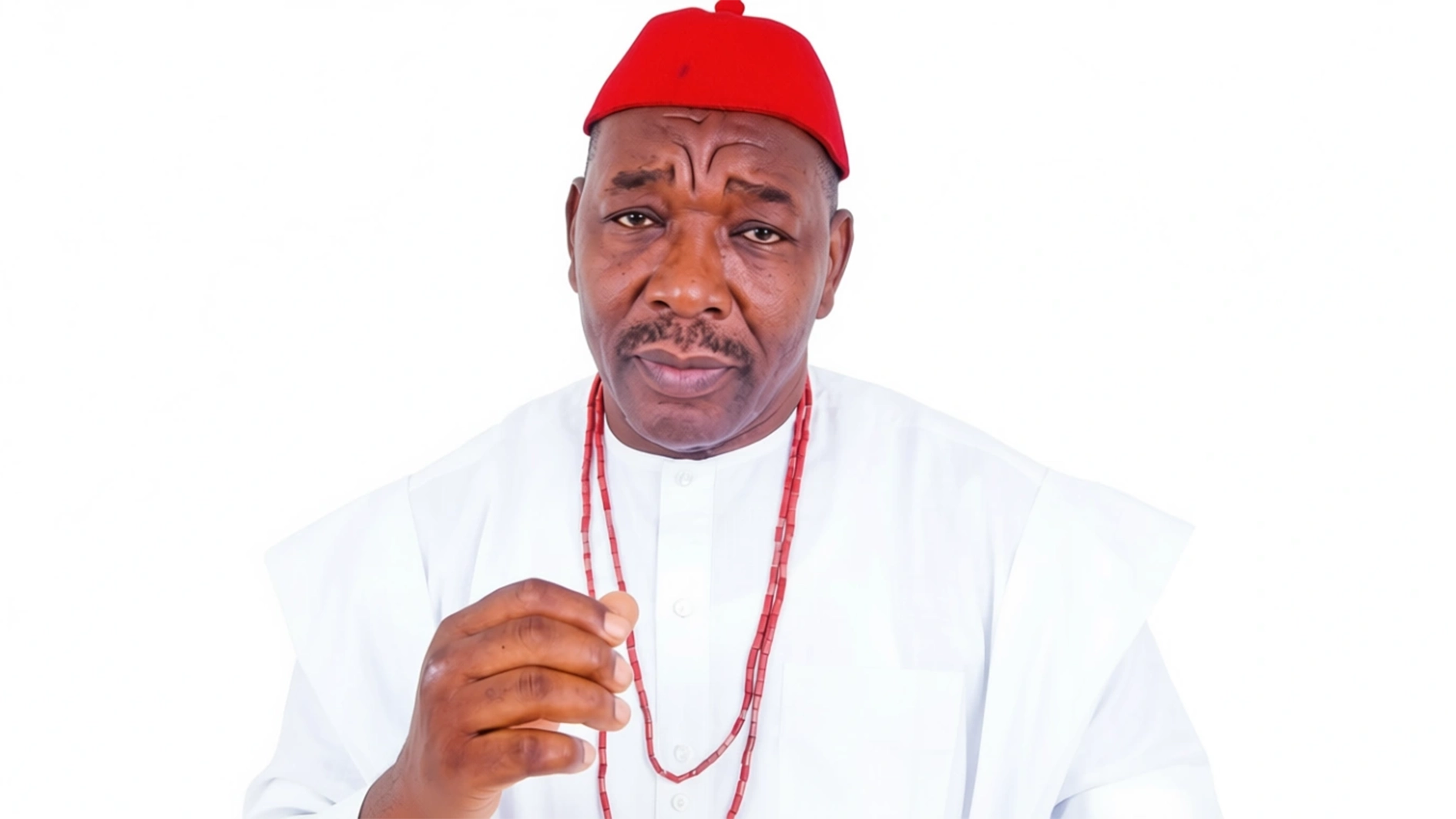As misinformation becomes a defining threat to democracy, public health, and national security, a new wave of innovators are developing tools to push back. One of them is Muritala Ayinla, a distinguished Nigerian journalist, former State House Correspondent, and media scholar. A recipient of Nigeria’s highest journalism honor—the Nigeria Media Merit Award (NMMA) in 2018—Ayinla has covered stories that shaped the nation’s democratic trajectory and exposed deep-rooted social ills. Now, he has turned his investigative lens toward an equally pressing crisis: the rise of misinformation and disinformation. Through his new civic tech project, the Misinformation Early Warning System (MEWS), Ayinla is charting a bold path forward. Powered by artificial intelligence and designed for low-cost deployment, MEWS offers real-time fact-checking, language accessibility, and educational engagement to everyday users—especially those in vulnerable communities and non-English-speaking households. In a chat with IFEOLUWA OLUYORI, Ayinla opens up about the dangers of “fake news,” the MEWS idea, and why tackling misinformation is not just a media problem but a national imperative.
What informed the building of a civic tech solution like MEWS?
For years, I have worked in journalism, breaking stories from Nigeria’s corridors of power, particularly during my time as State House Correspondent. I saw firsthand how misinformation and disinformation can be weaponized, whether it’s during elections, public health emergencies, or crises like building collapses. But what really struck me was how misinformation wasn’t just a Nigerian problem—it’s global. While studying and doing research in the U.S., I was deeply disturbed by how disinformation and misinformation, especially on social media, was undermining public trust, spreading conspiracy theories, and fueling division—even in mature democracies. That’s where the seed for MEWS was planted: how can we build a tool that reaches people before the lie spreads?
So, can you provide an insight about MEWS and how is it different from other fact-checking platforms?
MEWS, which stands for Misinformation Early Warning System, is an AI-powered, bilingual platform designed to intercept and neutralize false narratives before they have a chance to go viral. Unlike traditional fact-checking websites that rely on users to actively seek out verification, MEWS meets people where misinformation is most often consumed—on platforms like WhatsApp, Facebook, and Instagram.
What sets MEWS apart is its multi-pronged, user-friendly approach. At its core, it includes a WhatsApp chatbot that allows users to forward suspicious messages, images, or voice notes and receive instant, AI-generated fact-checks. It also features a browser extension that flags misleading content on websites and provides contextual, evidence-based explanations. Additionally, MEWS offers a public web portal that tracks trending fake news, publishes educational resources, and helps users recognize patterns of disinformation.The platform is being designed with accessibility in mind, incorporating voice-note responses, support for low-literacy users, and a multilingual interface. While it currently supports English and Spanish, future versions will expand to include widely spoken languages like Yoruba, Hausa, and Igbo. Ultimately, MEWS is not just another fact-checking tool—it’s an interactive, real-time defense system built for the everyday user, especially those in vulnerable or underserved communities.
Why is the platform important in today’s digital environment?
The world is at a tipping point. From COVID-19 vaccine conspiracies to electoral disinformation and even AI-generated deepfakes, we’re dealing with a wave of digital falsehoods that undermine science, democracy, and public trust. A recent Gallup poll shows that only 34% of Americans trust the media. In Nigeria, the figure is even lower, with widespread skepticism fueled by years of unverified blogs, viral hoaxes, and sponsored propaganda.
And it’s not just text anymore—AI is generating convincing deepfake videos and synthetic voices. Without an early-warning system that is both proactive and community-centered, these falsehoods will continue to shape national discourse and erode democratic norms. MEWS is our response. I like to call it a civic vaccine against disinformation.
Where and when is MEWS launching?
We will roll out a pilot phase in Warrensburg, Missouri, in the United States of America, where I studied at the University of Central Missouri. We already have strong institutional support—faculty from the Communication, Political Science, and Tech departments are collaborating, and students will help with testing and moderation. From there, we scale to Columbia and Kansas City, then expand to high-risk states like Texas, Florida, and California by mid-2026. These are areas with multilingual communities, electoral sensitivities, and public health vulnerabilities. Aside from the United States, Nigeria is also in our long-term roadmap—especially during election cycles.
What are the long-term goals for MEWS?
Long term, we want MEWS to become a replicable model for misinformation resilience—just like how Google Alerts became a tool for tracking news. Imagine every local government, media house, and school using MEWS to counter harmful narratives in real time.
We will also explore partnerships with global fact-checking networks like PolitiFact, Africa Check, and First Draft. The goal is to turn MEWS into both a civic utility and a learning engine—teaching people not just what’s false, but why it’s false, and how to think critically about information.
Many people argue that tackling fake news is ultimately the job of journalists and platforms like Meta or Google. Why should everyday people be involved?
That’s the biggest myth of all—that someone else will fix it. But the truth is, the greatest damage happens in everyday spaces: WhatsApp groups, Facebook timelines, community gatherings. The platforms are too big and too slow. Journalism is reactive by nature. We need tools like MEWS that empower ordinary users to be the first line of defense.
Also, people tend to trust messages that come from friends or family. That’s why community-driven solutions are so effective. If I can forward a fake message to a chatbot and get an instant explanation—with voice feedback in my language—I’m more likely to learn and share the truth. That’s the kind of behavioral change we’re aiming for.
As a Nigerian leading this from the U.S., what message do you have for Africa’s tech and media ecosystem?
Africa doesn’t need to wait for Silicon Valley to build the tools we need. We know the stakes. From electoral violence to fake news, we’ve seen the real-world cost of disinformation. My message is this: build locally, build responsibly, and build inclusively.
The next wave of innovation must be community-first. MEWS is my contribution toward that. I’m hoping to partner with newsrooms, NGOs, and civic tech startups across Nigeria and Africa. If you care about truth, democracy, and public trust,whether in Nigeria, the U.S., or elsewhere—we have to stop misinformation not just after the fact, but at the source. That’s what MEWS is built to do.






